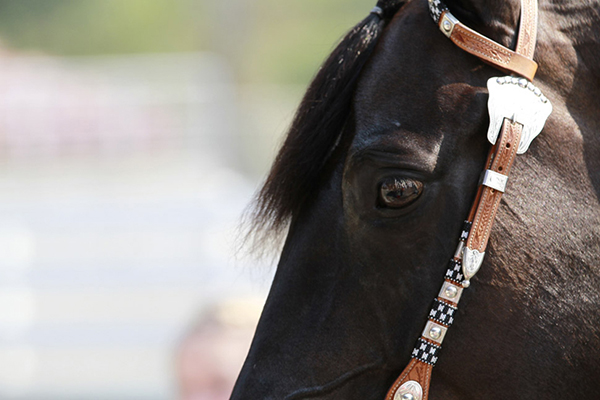All Carbs Matter in Equine Metabolic Syndrome

By: Eleanor M. Kellon, VMD
There are physiological differences between humans and horses. For example, horses don’t produce high levels of ketones, even when starving. Horses with Equine Metabolic Syndrome (EMS) are not at high risk for cardiovascular disease, the way humans are. They develop laminitis instead.
Despite these and other differences, the central need to limit simple carbohydrate intake to control insulin is the same for both. Simple carbohydrates are things that trigger an insulin response – small sugars and starch.
It has been proposed by some that the glycemic index matters more than the total amount or percent of carbohydrates. This long-term human study shows the total does matter:
“Another study randomized patients to a low-carbohydrate ketogenic diet (less than 20 g per day with no calorie restriction) or to a low–glycemic index diet (55% carbohydrate restriction of 500 kcal from baseline) over the course of 24 weeks ( Nutr Metab [Lond]. 2008 Dec 19. doi:10.1186/1743-7075-5-36). Between baseline and week 24, the mean HbA1c fell from 8.8% to 7.3% in the very-low-carbohydrate diet group, and from 8.3% to 7.8% in the low–glycemic diet group, for a between-group comparison P value of .03. In addition, 95% of patients in the low-carbohydrate diet group were able to reduce or eliminate the number of medications they were taking, compared with 62% of patients in the low–glycemic diet group (P less than .01).” [excerpt from article on Medscape]
Again, ketosis does not occur in horses. Horses get their replacement for carb calories from fermentable fiber, not high fat.
The first step in the management of a horse with metabolic syndrome is the controlled simple carbohydrate diet – 10% or less combined sugar and starch. On a laboratory analysis, simple sugars are Ethanol Soluble Carbohydrates (ESC). Starch is listed as starch. If sound, provide as much exercise as possible.
Most cases respond very well to this approach.
For more information also see the ECIR Group Inc. film Diet and Drugs. https://www.ecirhorse.org/video.php
About ECIR Group Inc.
Started in 1999, the ECIR Group is the largest field-trial database for PPID and EMS in the world and provides the latest research, diagnosis, and treatment information, in addition to dietary recommendations for horses with these conditions. Even universities do not and cannot compile and follow long term as many in-depth case histories of PPID/EMS horses as the ECIR Group.
In 2013 the Equine Cushing’s and Insulin Resistance Group Inc., an Arizona nonprofit corporation, was approved as a 501(c)3 public charity. Tax deductible contributions and grants support ongoing research, education, and awareness of Equine Cushing’s Disease/PPID and EMS.
THE MISSION of the ECIR Group Inc. is to improve the welfare of equines with metabolic disorders via a unique interface between basic research and real-life clinical experience. Prevention of laminitis is the ultimate goal. The ECIR Group serves the scientific community, practicing clinicians, and owners by focusing on investigations most likely to quickly, immediately, and significantly benefit the welfare of the horse.










